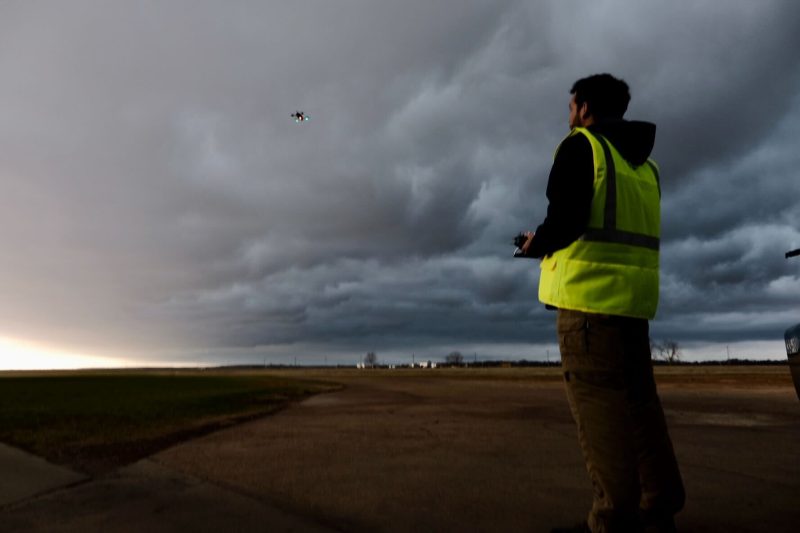CopterSonde research featured by NOAA OMAO: Wind, waves, and other weather: How NOAA is using uncrewed systems to better understand extreme weather events
This story first appeared on OMAO’s News.

Since 1980, the United States has sustained over 387 one-billion dollar weather and climate disasters. As the new movie “Twisters”—which features fictionalized extreme weather events— hits the big screen this July, the United States has already experienced 15 real-world billion-dollar weather events (as of July 9).
These events include tornado outbreaks, high wind, hailstorms, winter storms, flood events, tropical cyclones, wildfires, droughts, and heat waves. As the number and cost of weather and climate disasters increases over time, NOAA is exploring novel ways to gather data before and after these disasters to protect lives and livelihoods, including the use of uncrewed systems.
Check out these interesting projects that the Uncrewed Systems Operations Center has funded to develop NOAA capabilities in understanding extreme weather events.
Advancing Sampling Abilities in Severe Environments
The NOAA National Severe Storm Laboratory is working with partners at the University of Oklahoma and Cooperative Institute for Severe and High-Impact Weather Research and Operations to fill observational gaps using uncrewed aircraft, which can support research to improve weather predictions and warnings.
The team is developing the next generation of the Coptersonde weather-sensing uncrewed aircraft to better meet NOAA mission needs. Starting from the current model designed by the University of Oklahoma, their project aims to advance the Coptersonde’s capabilities to withstand Category 1 hurricane force winds and to fly to 10,000 feet, while maintaining its reusability and accuracy.
In doing so, NOAA gets the high-quality data it needs from more turbulent, high-impact environments to improve weather forecasting in a more efficient and sustainable manner.
Continued…
The story continues and highlights some other UAS work ongoing at NOAA.